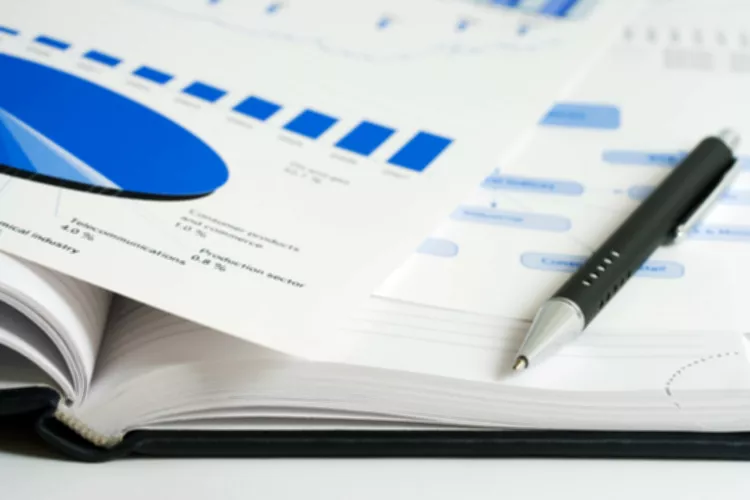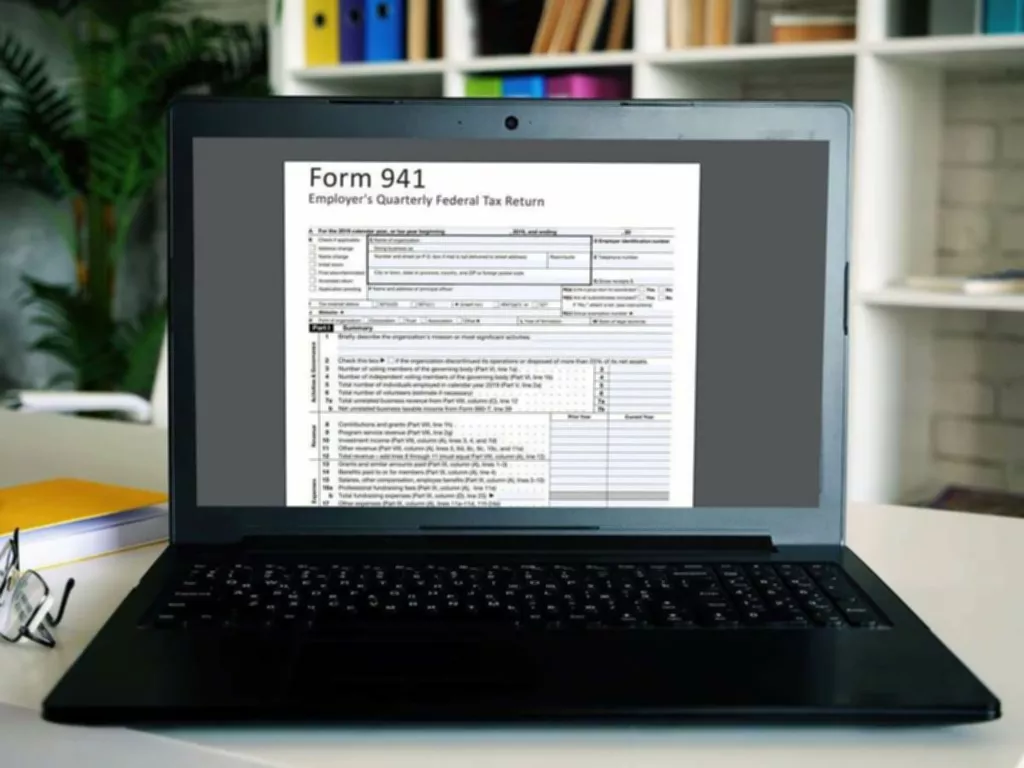Content

NWC is often used by business owners and accountants to quickly check a company’s financial health at any given moment. If a company collects $30,000 of its accounts receivable, there is no change in working capital since the current asset Cash increased, and another current asset Accounts Receivable decreased. The net working capital ratio is similar to the calculation of the NWC. In this case, instead of calculating the difference between assets and liabilities, the ratio looks at what percentage of the assets are being used by the liabilities.
The difference in liabilities can be subtracted from the difference in assets. Like any accurate data analysis, standard deviations give a better understanding of how the data functions. In the case of net working capital, these are anomalies in payments. For instance, a large account receivable payment that only takes place once a year is not an accurate depiction of the net working capital. Below is a short video explaining how the operating activities of a business impact the working capital accounts, which are then used to determine a company’s NWC. Therefore, there might be significant differences between the “after-tax profits” a company records and the cash flow it generates from its business.
Balance Sheet Assumptions
If future periods for the current accounts are not available, create a section to outline the drivers and assumptions for the main assets. Use the historical data to calculate drivers and assumptions for future periods. See the information below for common drivers used in calculating specific line items. Finally, use the prepared drivers and assumptions to calculate future values for the line items. Similarly, as discussed above, a change in net working capital is also critical in determining the business’s cash position.
- If the change in NWC is positive, the company collects and holds onto cash earlier.
- If no other expenses are incurred, working capital will increase by $20,000.
- Accordingly, to understand the Net Working Capital, you first need to understand what are current assets and current liabilities.
- This frees you from maintaining bad debt reserves and helps you protect your capital, maintain your cash flow and secure your earnings while extending competitive credit terms to your customers.
- Therefore, if you have millions of dollars in sales that customers don’t pay you for, the cash flow statement will reflect that by removing the increases in working capital (A/R).
It means that the company has spent money to purchase those assets. The illustrated rule here affirms that increases in operating current assets are cash outflows, while increases in operating current liabilities are cash inflows. As a general rule, the more current assets a company has on its balance sheet in relation to its current liabilities, the lower its liquidity risk (and the better off it’ll be).
Working Capital Formula
Neither does an intangible asset, such as office property, or the valuation of factories or warehouse materials. Assets are pure sources of cash flow that can be liquidated within a twelve-month period. Your NWC is a difference between your current assets and your current liabilities. In order to determine what constitutes a current asset or a current liability, you can look at what is included and excluded from the calculation. It is important to understand that short-term debts constitute liabilities in the calculation of the working capital. This is because long-term debts are expected to be paid off over a longer period of time with no immediate cut into the assets.

When the company finally sells and delivers these products to customers, Inventory will go back to $200, and the Change in Working Capital will return to $0. A better definition is Current Operational Assets minus Current Operational Liabilities, which means you exclude items like Cash, Debt, and Financial Investments. In 3-statement models and other financial models, you often project the Change in Working Capital based on a percentage of Revenue or the Change in Revenue. In this tutorial, you’ll learn about Working Capital and the Change in Working Capital in valuations and financial models – what they mean, how to project these items, and how to check your work.
List of Working Capital Formulas
The non-cash working capital is
substantially higher than the working capital in both years. We would suggest
that the non-cash working capital is a much better measure of cash tied up in
working capital. GoCardless change in net working capital helps you automate payment collection, cutting down on the amount of admin your team needs to deal with when chasing invoices. Find out how GoCardless can help you with ad hoc payments or recurring payments.

But, just because you made a sale and recognize revenue, doesn’t mean any cash actually changed hands. At this point, your A/R would increase but cash would remain the same. In terms of the indirect method of the cash flow statement (move from GAAP income to cash income), you subtract that increase in A/R because it represents income that didn’t result in cash. Therefore, if you have millions of dollars in sales that customers don’t pay you for, the cash flow statement will reflect that by removing the increases in working capital (A/R). Net working capital is the difference between a business’s current assets and its current liabilities. Net working capital is calculated using line items from a business’s balance sheet.
Common Drivers Used for Net Working Capital Accounts
The reason is that cash and debt are both non-operational and do not directly generate revenue. The articles and research support materials available on this site are educational and are not intended to be investment or tax advice. All such information is provided solely for convenience purposes only and all users thereof should be guided accordingly. A higher ratio means there’s more cash-on-hand, which is generally a good thing. A lower ratio means cash is tighter, so a slowdown in sales could cause a cash-flow issue.
- At the same time, the accounts payable amounted to $1,067
million and other non-interest bearing current liabilities of $702 million. - If current liabilities are rising then the company is “gaining cash” in the sense that it has not yet paid for something that it will in the future.
- To avoid bankruptcy or acquisition, the company will have to secure a loan or investment and bring its NWC to at least “net-zero” or a positive state.
- If a company obtains a long-term loan to replace a current liability, current liabilities will decrease but current assets do not change.
- The current assets and current liabilities are included in the statement of changes in working capital.
Many businesses incur expenses before receiving money back from sales. This time delay between when your business pays money out (e.g. to suppliers) and when it receives money back (e.g. from sales) is known as the working capital or operating cycle. The working capital requirement of your business is the money you need to cover this time delay, and the amount of working capital required will vary depending on your business and its needs.
How is Working Capital Improvement Calculated?
If calculating free cash flow – whether it be on an unlevered FCF or levered FCF basis – an increase in the change in NWC is subtracted from the cash flow amount. An increase in the balance of an operating asset represents an outflow of cash – however, an increase in an operating liability represents an inflow of cash (and vice versa). If the change in NWC is positive, the company collects and holds onto cash earlier. However, if the change in NWC is negative, the business model of the company might require spending cash before it can sell and deliver its products or services. LiveFlow is one of the best platforms for managing your company’s small business accounting processes.
Why do you add the change in working capital to FCF?
Because FCF accounts for changes in working capital, it can provide important insights into the value of a company and the health of its fundamental trends. A decrease in accounts payable (outflow) could mean that vendors are requiring faster payment.
On the balance sheet though, the company will record a larger inventory. If a company borrows $50,000 and agrees to repay the loan in 90 days, the company’s working capital is unchanged. The reason is that the current asset Cash increased by $50,000 and the current liability Loans Payable increased by $50,000. A positive net working capital means that the company is able to pay all its debts without having to take on further loans or investments. The company has enough cash to repay its dues, while also focusing on improving the business. Conversely, a negative NWC is when a company’s liabilities are far greater than what it can afford to pay.
What is a statement of changes in working capital?
Making sure that your warehouses or inventory have a consistent flow of materials incoming and product outgoing can help provide a steady stream of profitable income. On the other hand, the inability to move stock ends up creating higher dues that drain the cash flow. This cash flow can directly benefit or harm the working capital of your company. Populate the schedule with historical data, either by referencing the corresponding data in the balance sheet or by inputting hardcoded data into the net working capital schedule. If a balance sheet has been prepared with future forecasted periods already available, populate the schedule with forecast data as well by referencing the balance sheet.

Also, go back to your basic understanding of movements in AR or AP.. If you made a sale, but didnt collect the cash (increasing receivables) that is a use of cash- or the income you recognized on the income statement wasn’t cash income and needs to be adjusted. For AP, if you don’t pay someone you owe an expense, you saved the cash, thus creating a source of cash.
Everything You Need To Master Financial Modeling
Current liabilities are debts that will be satisfied within a year. Money you owe suppliers for products and services (accounts payable) and short-term bank loans are the major components of this category. Current assets are either cash or assets that can be converted into cash within a year. These are mostly liquid financial securities, money clients owe you (accounts receivable), and inventories of products and raw materials. Options to reduce bad debt and free up working capital can include selling more higher-margin products or increasing margins across your offerings.
Why do we calculate change in working capital?
Importance of using the working capital formula
Not only does the working capital formula consider cash flow and operational efficiency, but it also measures current asset liquidity to cover short-term liabilities, ensuring obligations can be met.